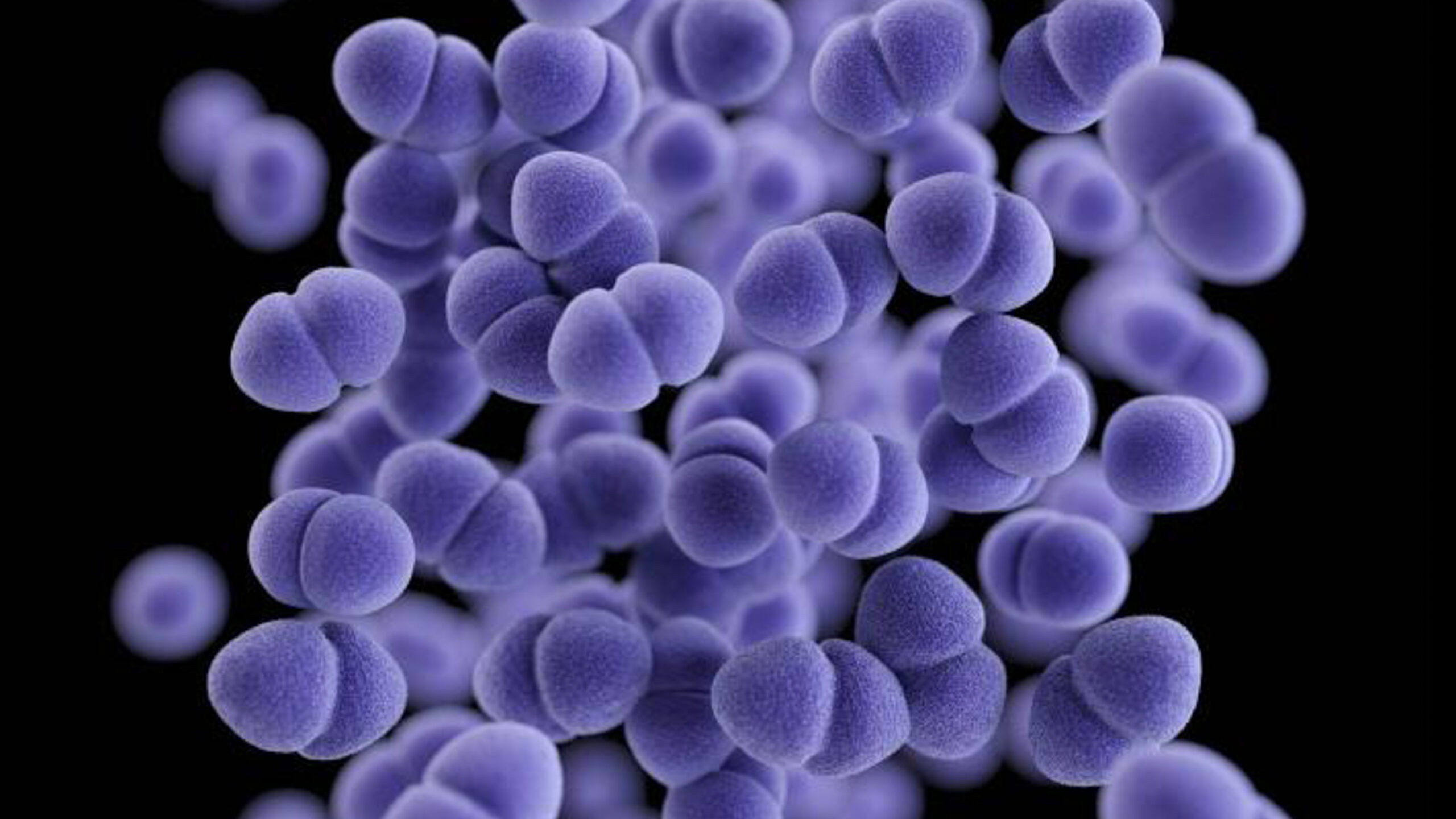VRE-Detect

Molecular miroarray platform for rapid detection and characterization of vancomycin-resistant enterococci
Runtime: 01.01.2022 - 31.12.2024
Motivation
Bacterial antibiotic resistance is one of the greatest challenges to global health. Among multidrug-resistant hospital pathogens, vancomycin-resistant enterococci are of great importance due to their high dynamics of spread. Their accelerated diagnosis would make a significant contribution to infection prevention and outbreak management. For this purpose, a new molecular multiplex assay and its application-side implementation in the form of an innovative reader and evaluation system combining technologies from molecular biology, photonics and informatics are to be developed.
Aims and approach
The goal of the project is to develop a novel adaptable platform for comprehensive diagnostics of vancomycin-resistant enterococci. The developments include the microarray-based multiplex assay, the point-of-care capable microarray reader equipped with multiple fluorescence measurement channels, and image-based analysis using neural networks. The performance data, which surpasses the state of the art, will enable rapid and on-site detection and control of outbreaks.
Innovation and prospects
The platform, which consists of new individual components, will for the first time provide clinics with a tool that, compared to competing products, allows easy-to-use, meaningful, and time- and cost-efficient diagnostics of vancomycin-resistant enterococci. In the future, the open platform will allow the development of further multiplex assays for other multi-resistant problem germs or further individual customer applications with attractive marketing opportunities.
Further information from the project sponsor is available at: https://www.photonikforschung.de/projekte/lebenswissenschaften/projekt/vre-detekt.html..
The project is funded by the German Federal Ministry of Education and Research (BMBF) as part of the funding measure “Photonic methods for the detection and control of microbial contamination”.
Partners


